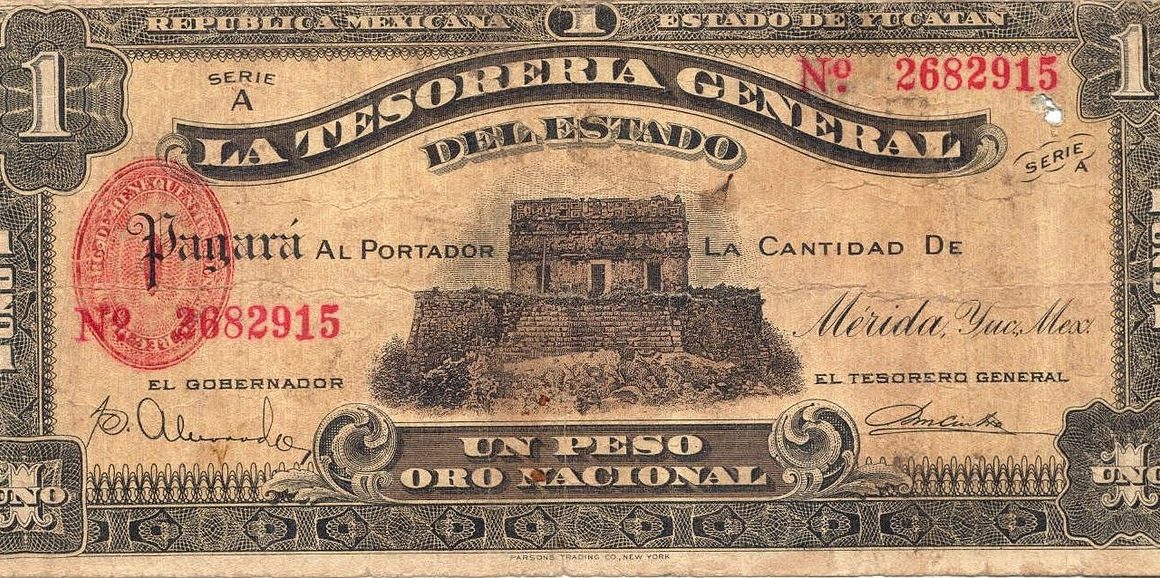Understanding commodity prices is crucial for investors, businesses, and even everyday consumers. These raw materials, from crude oil to coffee beans, are the building blocks of our global economy, and their price fluctuations ripple through various sectors. This blog post dives deep into the world of commodity prices, exploring the factors that drive them, how they are traded, and what impacts they have on the wider economy.
Understanding Commodity Markets
What are Commodities?
Commodities are basic goods used in commerce that are interchangeable with other commodities of the same type. They are often raw materials or primary agricultural products. Examples include:
- Energy: Crude oil, natural gas, gasoline
- Metals: Gold, silver, copper, aluminum
- Agriculture: Corn, soybeans, wheat, coffee, sugar
Why are Commodities Important?
Commodities are essential because they are inputs into countless products and services. Changes in commodity prices can have significant effects on:
- Inflation: Rising commodity prices can lead to higher prices for finished goods and services, contributing to inflation. For example, an increase in oil prices can translate to higher transportation costs, impacting prices across the board.
- Business Profits: Businesses that rely on commodities as inputs face higher costs when commodity prices rise, potentially impacting their profit margins. Conversely, producers of commodities benefit from higher prices.
- Economic Growth: Commodity-exporting countries often see economic growth boosted by high commodity prices, while importing countries may experience the opposite.
- Geopolitical Stability: Control over strategic commodities, like oil and gas, can influence political power and international relations.
Factors Influencing Commodity Prices
Numerous factors can influence the prices of commodities. Understanding these factors is key to predicting potential price movements.
- Supply and Demand: The fundamental principle of economics applies to commodities. Scarcity, driven by increased demand or decreased supply, generally leads to higher prices. Conversely, surplus often drives prices down.
- Weather: Weather conditions significantly impact agricultural commodities. Droughts, floods, and other extreme weather events can disrupt supply and drive up prices. For example, a severe drought in a coffee-growing region can significantly increase coffee bean prices.
- Geopolitical Events: Political instability, trade wars, and armed conflicts can disrupt supply chains and lead to price volatility. The Russia-Ukraine war, for instance, had a major impact on global energy and food prices.
- Government Policies: Government subsidies, tariffs, and regulations can also influence commodity prices. For example, ethanol subsidies in the United States have impacted corn prices.
- Currency Fluctuations: Since many commodities are priced in U.S. dollars, fluctuations in the dollar’s value can impact prices for international buyers. A weaker dollar makes commodities cheaper for buyers using other currencies.
- Speculation: Speculators, including hedge funds and other institutional investors, can influence commodity prices through their trading activities. Significant buying pressure can push prices higher, while selling pressure can push them lower.
Trading Commodities
How Commodities are Traded
Commodities are primarily traded in two ways:
- Spot Market: The spot market involves the immediate purchase and delivery of a commodity. This is often used by businesses that need the physical commodity for their operations. For example, an oil refinery might purchase crude oil on the spot market.
- Futures Market: Futures contracts are agreements to buy or sell a commodity at a predetermined price and date in the future. These contracts are traded on exchanges and are used by both producers and consumers to hedge against price fluctuations, as well as by speculators seeking to profit from price movements. For instance, a farmer might sell corn futures to lock in a price for their harvest.
Major Commodity Exchanges
Several major exchanges around the world facilitate commodity trading:
- CME Group (Chicago Mercantile Exchange): Trades agricultural commodities, energy, metals, and financial products.
- ICE (Intercontinental Exchange): Focuses on energy, agricultural, and financial products, including Brent crude oil.
- LME (London Metal Exchange): Specializes in trading base metals like copper, aluminum, and zinc.
Understanding Futures Contracts
Futures contracts are standardized agreements specifying:
- The Commodity: The specific commodity being traded (e.g., crude oil, gold, corn).
- Quantity: The amount of the commodity covered by the contract (e.g., 1,000 barrels of oil).
- Delivery Date: The date on which the commodity is to be delivered.
- Delivery Location: The location where the commodity is to be delivered.
Traders can buy or sell futures contracts based on their expectations of future price movements. If they believe the price will rise, they will buy (go long) a contract. If they believe the price will fall, they will sell (go short) a contract.
Example: Hedging with Futures
A wheat farmer is concerned that wheat prices will fall before they harvest their crop. To protect themselves, they sell wheat futures contracts at a price of $6 per bushel. If the price of wheat does fall to $5 per bushel at harvest time, the farmer can buy back the futures contracts at $5, making a $1 profit per bushel. This profit offsets the loss from selling their crop at the lower spot price.
Impact of Commodity Prices on Businesses
Manufacturing
Manufacturers rely heavily on raw materials to produce their goods. Higher commodity prices can lead to increased production costs, which may be passed on to consumers or absorbed by the business, impacting profitability.
- Example: An automobile manufacturer using steel and aluminum will experience higher costs when metal prices rise. They might need to increase car prices, reduce production, or find ways to improve efficiency to offset the higher input costs.
Retail
Retail businesses are directly affected by commodity prices through the cost of goods sold. Higher prices for agricultural commodities can lead to increased prices for food products.
- Example: Coffee shops are impacted by changes in coffee bean prices. A significant increase in coffee bean prices might force them to raise the price of a cup of coffee or find ways to reduce costs elsewhere.
Transportation
Transportation companies are heavily reliant on fuel. Rising oil prices can significantly impact their operating costs.
- Example: Airlines are particularly vulnerable to oil price fluctuations. Higher jet fuel prices can lead to increased ticket prices or reduced flight schedules.
Agriculture
Agricultural businesses are both impacted by and influence commodity prices. They are affected by the cost of inputs like fertilizers and fuels, and their production levels directly impact the supply of agricultural commodities.
- Example: Fertilizer prices are highly correlated with natural gas prices. Farmers face higher costs when natural gas prices rise, potentially impacting their profitability and leading to higher food prices.
Commodity Price Forecasting and Analysis
Fundamental Analysis
Fundamental analysis involves examining the underlying supply and demand factors that influence commodity prices. This includes:
- Supply-Side Analysis: Assessing production levels, inventory levels, weather patterns, and geopolitical risks.
- Demand-Side Analysis: Examining consumption trends, economic growth, and technological developments.
Technical Analysis
Technical analysis uses historical price and volume data to identify patterns and trends that can be used to predict future price movements. This includes:
- Chart Patterns: Identifying patterns like head and shoulders, double tops, and triangles.
- Technical Indicators: Using indicators like moving averages, RSI (Relative Strength Index), and MACD (Moving Average Convergence Divergence) to assess momentum and potential trend reversals.
Economic Indicators
Economic indicators can provide insights into overall economic conditions and potential demand for commodities. Key indicators include:
- GDP Growth: Higher GDP growth typically leads to increased demand for commodities.
- Inflation Rates: Rising inflation can drive up commodity prices.
- Interest Rates: Interest rate changes can impact investment flows and commodity prices.
- Manufacturing PMI: The Purchasing Managers’ Index (PMI) is an indicator of manufacturing activity and can be used to assess demand for industrial commodities.
Conclusion
Understanding commodity prices is essential for navigating the complexities of the global economy. By understanding the factors that drive commodity prices, how they are traded, and their impact on various industries, individuals and businesses can make more informed decisions. From hedging against price volatility to identifying investment opportunities, a solid grasp of commodity markets is a valuable asset in today’s interconnected world. Staying informed about global events, supply and demand dynamics, and utilizing both fundamental and technical analysis are key to successfully navigating the ever-changing landscape of commodity prices.




